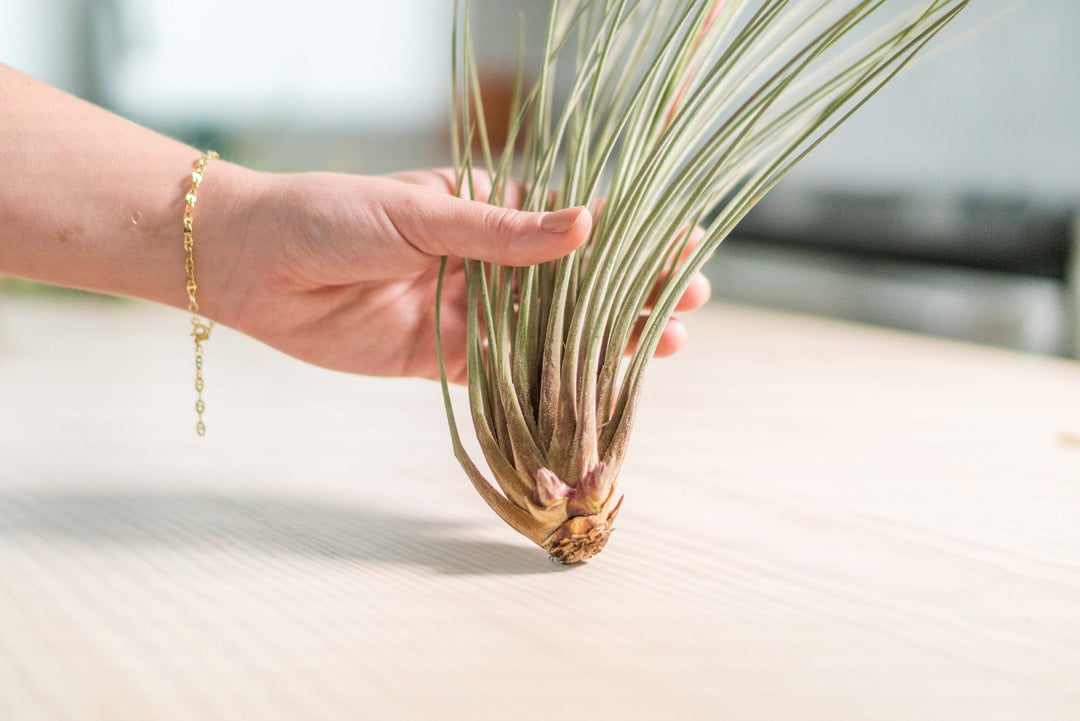
Why Air Plants Don't Need Soil
Air plants, scientifically known as Tillandsia, are nature's testament to adaptability. Unlike most plants we're familiar with, these remarkable species don't require soil to grow and thrive. But how do they manage to survive and obtain their water and nutrients? Here we uncover the unique root system and leaf characteristics of Tillandsia that allow these soilless wonders to exist in various enviornments throughout the Americas.

Epiphytic Nature
Air plants belong to a group of plants called epiphytes. These botanical marvels have evolved to grow on other plants or surroundings without parasitizing them. In their natural habitat, you'll often find air plants perched on tree branches in tropical rainforests, basking in filtered sunlight beneath the canopy.
Anchoring Roots
While air plants do have roots, their function is fundamentally different from soil-dwelling plants. The primary purpose of air plant roots is anchorage, not nutrient absorption. This adaptation allows them to attach to various surfaces, showcasing their reduced reliance on traditional root systems.

Trichomes
So, if not through roots, how do air plants obtain nutrients and water? The answer lies in their leaves. Air plants have specialized structures called trichomes, which are tiny, hair-like scales covering their leaves. These trichomes function to absorb water and nutrients directly from the air, allowing air plants to maximize nutrient uptake in low-resource environments.
Evolutionary Advantage
Air plants' unique adaptations offer several benefits in their native ecosystems. By growing above ground, they avoid competing for soil resources with other plants. Their position higher in the canopy provides better access to light, allowing them to capture optimal sunlight. Additionally, this elevated habitat enables them to utilize moisture more efficiently by capturing humidity and rainwater.
Displaying Made Easy
The possibilities are endless with Tillandsia! Since they don't need soil, air plants can be mounted on wood displays, rocks, or various decorative objects. They can be displayed in planters, hanging glass terrariums, or used to create unique living walls or art pieces. Check out these different ways to display your Tillandsia!
By eliminating their need for soil, air plants have carved out a unique niche in the plant kingdom. Their soilless existence not only showcases evolutionary brilliance but also offers us innovative ways to incorporate greenery into our living spaces.














Leave a comment